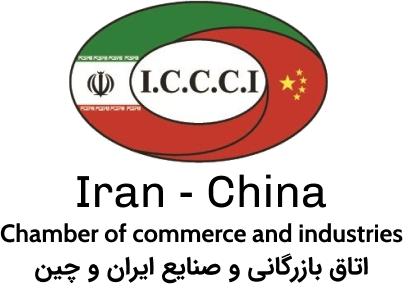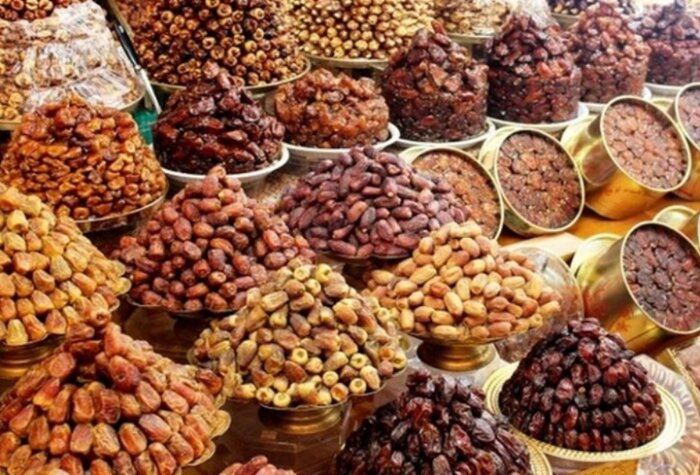Iran annually exports 250,000-300,000 tons of dates to 69 countries, which fetches about $300 million, announced the head of the National Association of Iranian Dates (NAID).
Talking to the Tehran-based English-language newspaper Iran Daily, Meqdad Takalou-Zadeh said during last Iranian year (ended March 20, 2021), Iran topped the list of date exporters of the world in terms of weight, while in recent years, the country has been the fifth or sixth date exporter, in terms of value.
“In terms of processing and packaging of dates, some exporting countries are in a better position than us, and some of the countries, such as Tunisia and Algeria, hold better position in terms of export value due to their proximity to the European market and receive more export earnings,” he explained.
Iranian dates are mostly exported to Southeast Asian countries including Singapore, Indonesia, India, Afghanistan, Pakistan and the UAE, as well as Western European states including the Netherlands, Germany, France, Belgium and Russia, and CIS countries such as Uzbekistan, Azerbaijan and Turkmenistan.
He said: “Currently, about 8.5 million tons of dates are produced worldwide, among which Egypt, Iran, Saudi Arabia and Algeria are the four major producers.” Usually, the second and third ranks of production are bouncing between Iran and Saudi Arabia in different years.
Iran has produced 1.25 million tons of dates since March 21, 2021, Takalou-Zadeh noted adding “The six southern provinces of the country, namely Khuzestan, Bushehr, Sistan and Baluchestan, Kerman, Hormuzgan and Fars, have the highest date production in the country.”
The said provinces account for approximately 98% of the country’s date production.
According to him, Kerman Province has the lion’s share in Iran with the production of various types of dates such as Mozafati and Kalouteh.
Taklou-Zadeh said: “Usually, about 15% to 20% of the total date production in the country is sent to producers of traditional sweets, some parts are used as animal feed, and the remaining is exported or consumed domestically.»
Pointing out that Iran is one of the largest consumers of dates in the world, he clarified: “The per capita consumption of dates in the country is about eight kilograms per year. Totally, 650,000 to 700,000 tons of dates are consumed by Iranians on average annually.”
“With a population of over 80 million people, Iran is Muslim country where numerous religious ceremonies are served by dates.”
Taklou-Zadeh added: “For cultural reasons, the highest per head consumption of dates belongs to Muslim countries.”
“The date-producing countries are also among the main consumers, followed by the countries with the most Muslim immigrants, such as Germany and France. Of course, some countries that pursue a healthy diet are also major consumers of dates and usually prefer date to sugar”.
Referring to the procedure of date production in the country, he explained: “Usually, every year, due to the increase in the area under cultivation and also the use of new horticultural methods, we see the growth of date production, but on the other hand, agricultural products such as date are strongly affected by climatic and environmental conditions.”
He continued: “Last [Iranian] year, due to the low rainfall and temperature fluctuations before the harvest season, the production of some varieties of date decreased.”
He went on to say: “But when we study the 10-year, 20-year and 30-year production in the country, we notice that date production has been on the rise.
“Of course, date production is growing all over the world, so that the amount of date production in the world in the last 15 years has increased from 5.5 million tons to 8.5 million tons, and during the past 15 years in Iran, the annual output rose to 1.25 million tons from 800,000 tons.
“Date is one of the 18 strategic agricultural products that have saved Iran from famines many times, especially in the wars of ancient time.”
Elaborating on the date market, he said the prices depend on supply and demand.
He said: “Due to high demand in our country, if we pay too much attention to exports, the price of date will increase in domestic market, and on the other hand, if exports decrease, the selling price in domestic market will also decrease.
In addition to fetching millions of dollars annually, date production provides jobs for 750,000 to 800,000 people in the country, Takalou-Zadeh concluded.





